The increasing need for sustainability in material design and fabrication has seen industries searching for the replacement of traditional polymers and chemical intermediates obtained from non-renewable feedstocks, with natural polymers such as polysaccharides, proteins, and lignins or chemicals derived therefrom.
Research within our team covers the following topics

Enzymatic Cross-linking of Casein Nanoparticles Across the Scales: Fundamental Mechanisms and Technological Potentials.
2022 – 2024

Abundance and Fate of Synthetic Materials in Atmospheric sub-10 µm Particles
2022 – 2024

Development of Advanced Analytical Tools for Chemical Characterization of Lignin Raw Materials
2021 – 2023

Value-added Chemicals from Lignin
2020-2022

Sustainable Functional Materials Derived from Lignin
2020-2022

Chitosan-based Aloe Hydrogel for Skin Wound Healing.
2019 – 2021

Sustainable Polymer Materials.
2015 – 2016
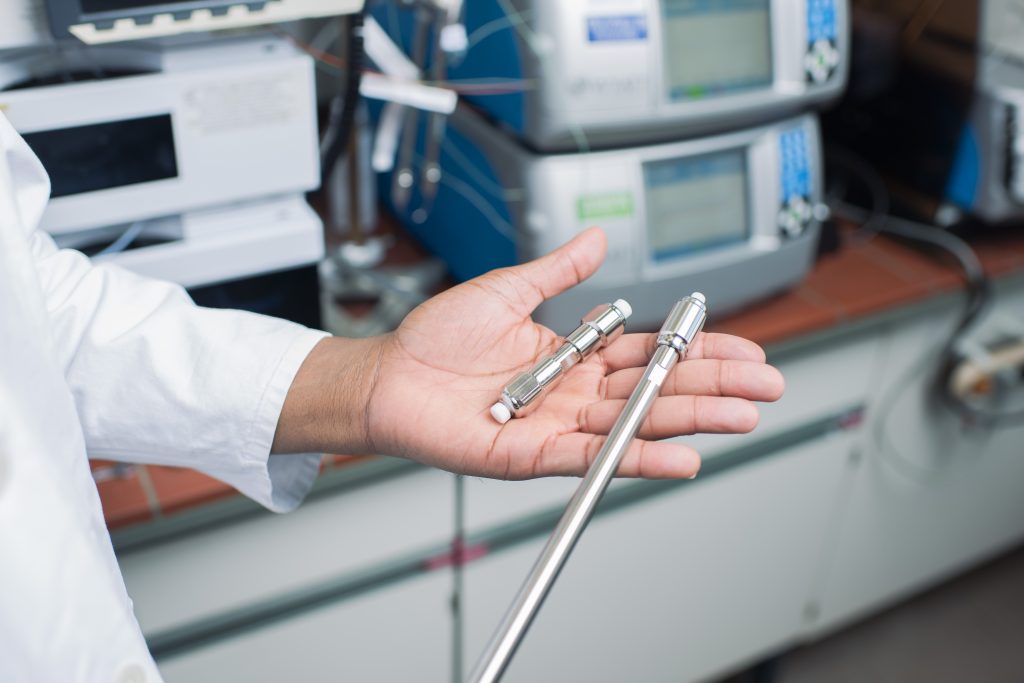
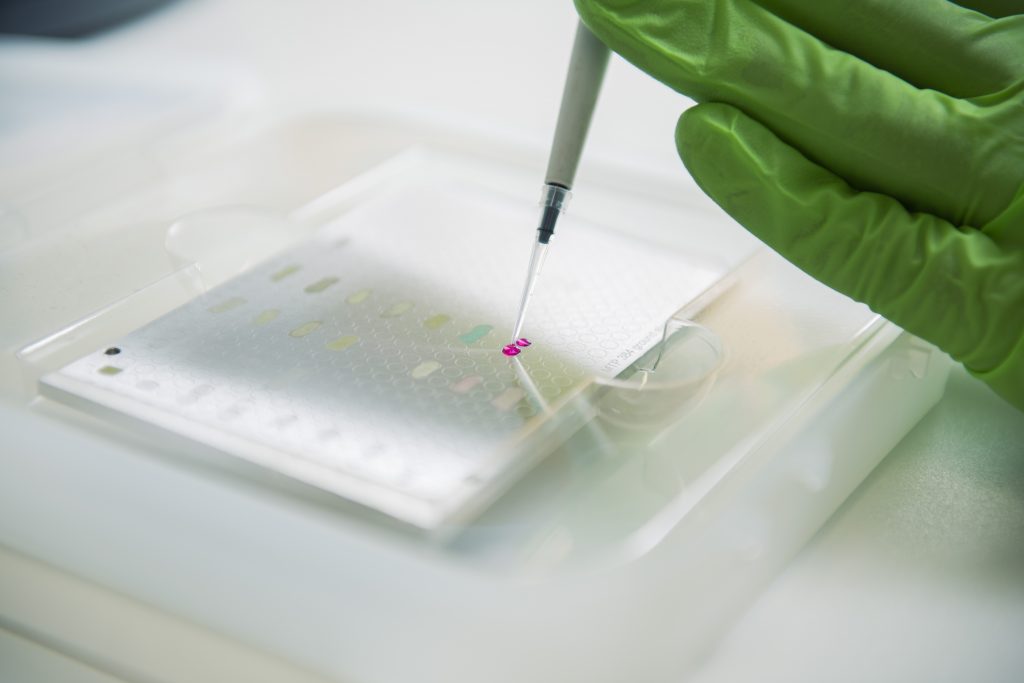
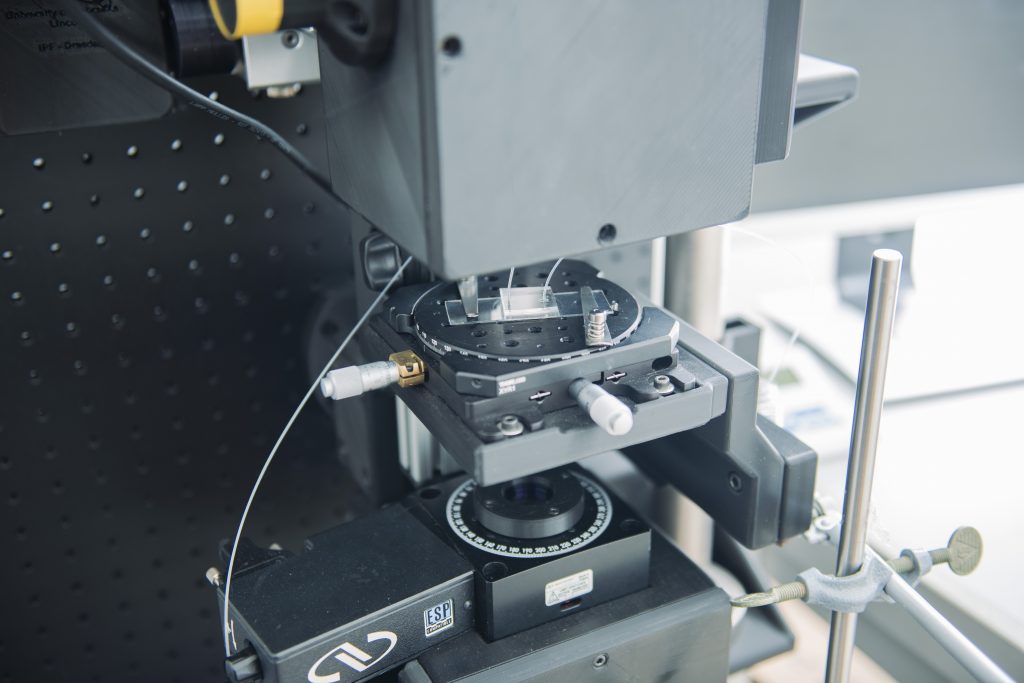
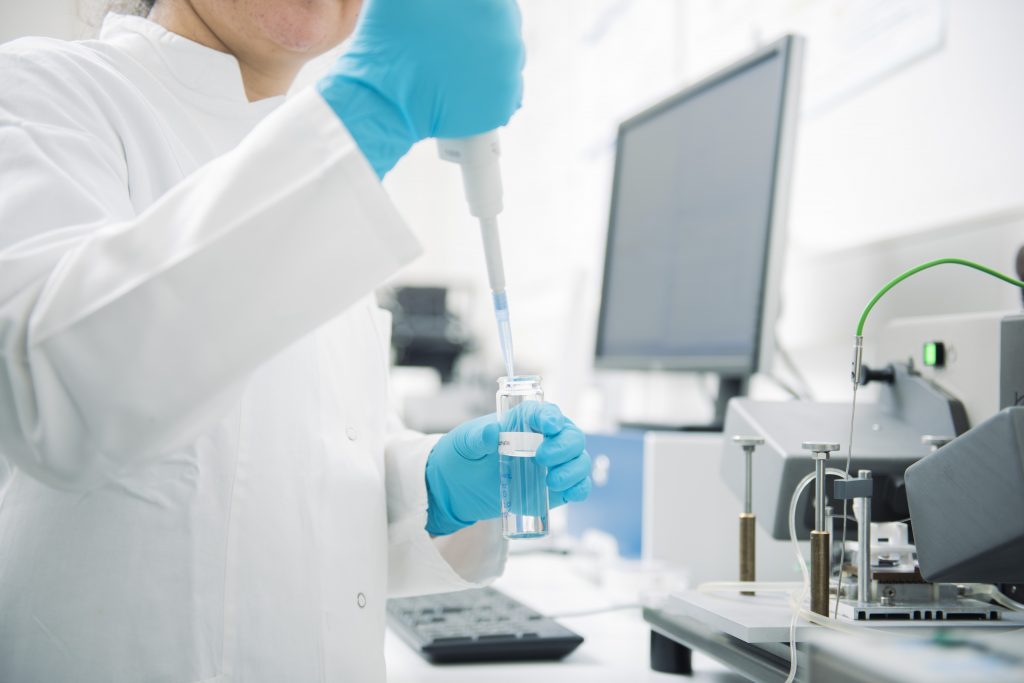
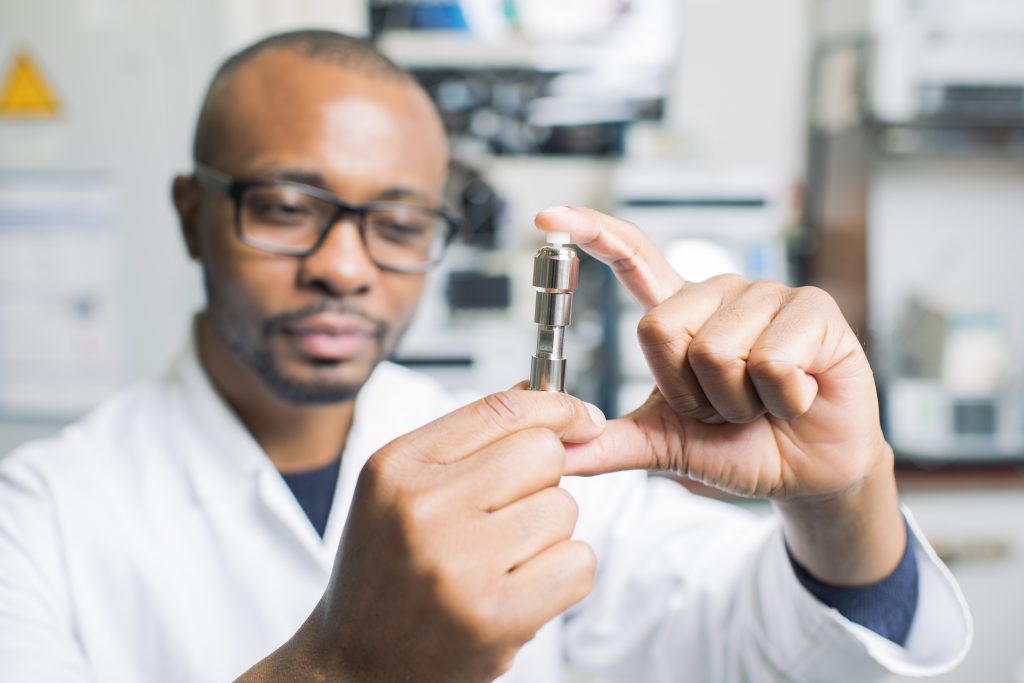
Liquid chromatography is one of most powerful techniques for the analysis of complex polymers i.e., polymers heterogeneous with respect to molar mass, molecular architecture, chemical composition, and functionality. Our team is highly skilled in developing methods for the multidimensional fractionation and analysis of natural, bio-inspired and synthetic polymers. Our analytical approach involves coupling different liquid chromatographic methods e.g., interaction chromatography (IC) to size exclusion chromatography (SEC) in a two-dimensional setup (2D LC) and the online/offline coupling of a selective liquid chromatography (LC) method with information-rich detectors e.g., mass spectrometry (MS), Fourier transform infrared (FTIR) spectroscopy and nuclear magnetic resonance (NMR) spectroscopy or molar mass sensitive detectors e.g., multi-angle laser light scattering (MALLS).
In the 2D LC of polymers we couple interaction chromatography (gradient chromatography or liquid chromatography at critical conditions (LCCC)) with SEC in order to get a graphical presentation of the molecular heterogeneity of a given material.
Information-rich spectroscopic detectors such as FTIR and NMR have the advantage of providing additional structural information of a material. Through coupling IC/SEC with FTIR or NMR spectroscopy we can unravel how specific structural or chemical heterogeneities are distributed within a material.
MALDI-ToF MS is a soft ionisation technique that enables the compositional, endgroup and molar mass analysis of large macromolecules with little or no fragmentation. By coupling IC or SEC to MALDI-ToF MS our team can reveal the complexity of copolymers, by first separating the material according to chemical heterogeneity or molar mass before transferring the fractions to a MALDI target using a combined air/electrospray desorption device in order to scrutinize the molecular differences within each fraction.
Lignin, one of the main components of non-edible lignocellulosic biomass shows great potential as a renewable feedstock for the chemical industry. Lignin’s potential lies in its chemical structure and functionalities. It is the most abundant aromatic biopolymer and is produced in millions of tons as agroforestry and agricultural waste. The efficient valorisation of lignin is very important for the viability of the bio-refinery processes and bio-based chemical industries, and it requires a fundamental multidimensional analytical approach, to unravel the complex heterogeneity of the product with respect to molar mass and functionality.
Our team utilises a combination of different techniques i.e. multi-detector column-based chromatographic methods (IC or SEC) coupled to high-resolution MS or spectroscopic methods, multi-stage MS (to profile compounds by investigating the precursor ion and fragmentation ions) and various spectroscopic methods i.e. 1D and 2D NMR, UV Vis, fluorescence and FTIR.
Renewable polymers with reactive functionalities are attractive for many applications as they have the potential to address sustainability related challenges with respect to monomer source, without compromising on the specificity of the required functional groups. Using selective oxidative depolymerisation most monomers derived from lignin come prefunctionalised with various reactive functionalities such as hydroxyl, ether and carbonyl moieties which is very attractive as this allows for diverse functional group transformations leading to a variety of applications. Our team is investigating how lignin-derived monomers/oligomers can be incorporated into next generation sustainable materials.
Selected publications of the Bioresource Lab team can be found here.






